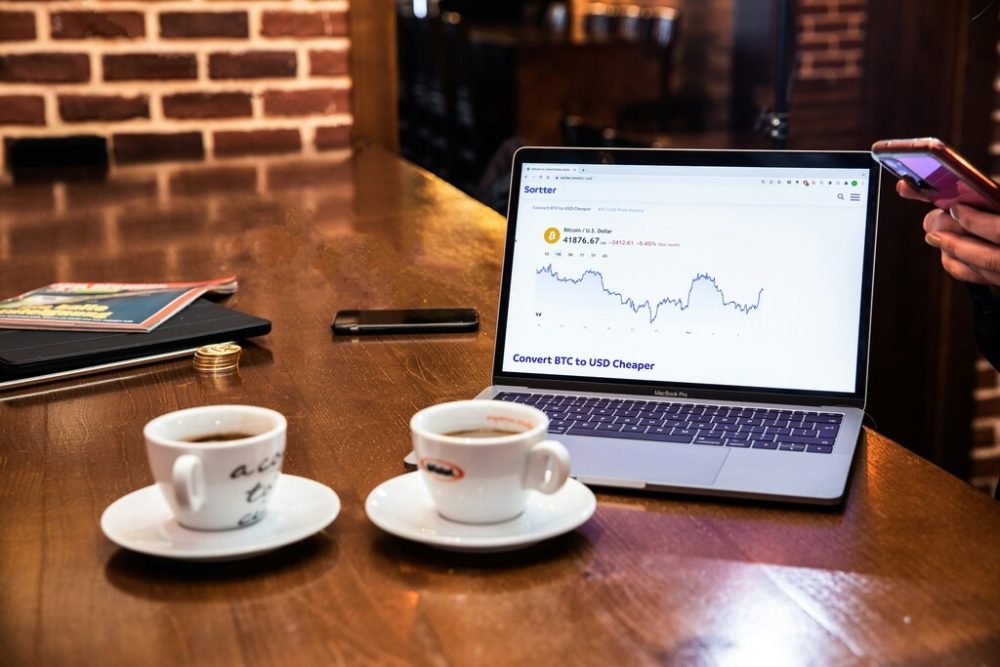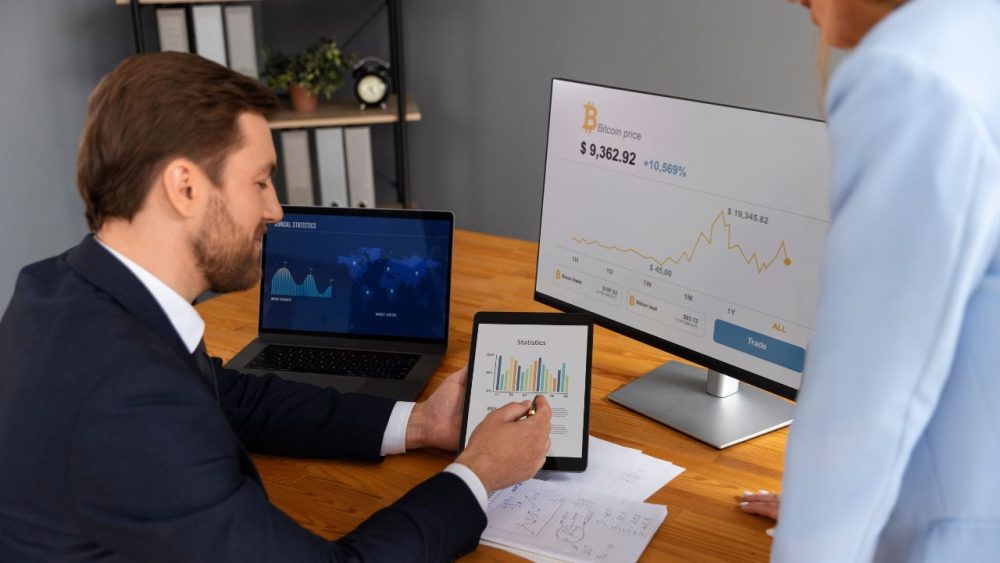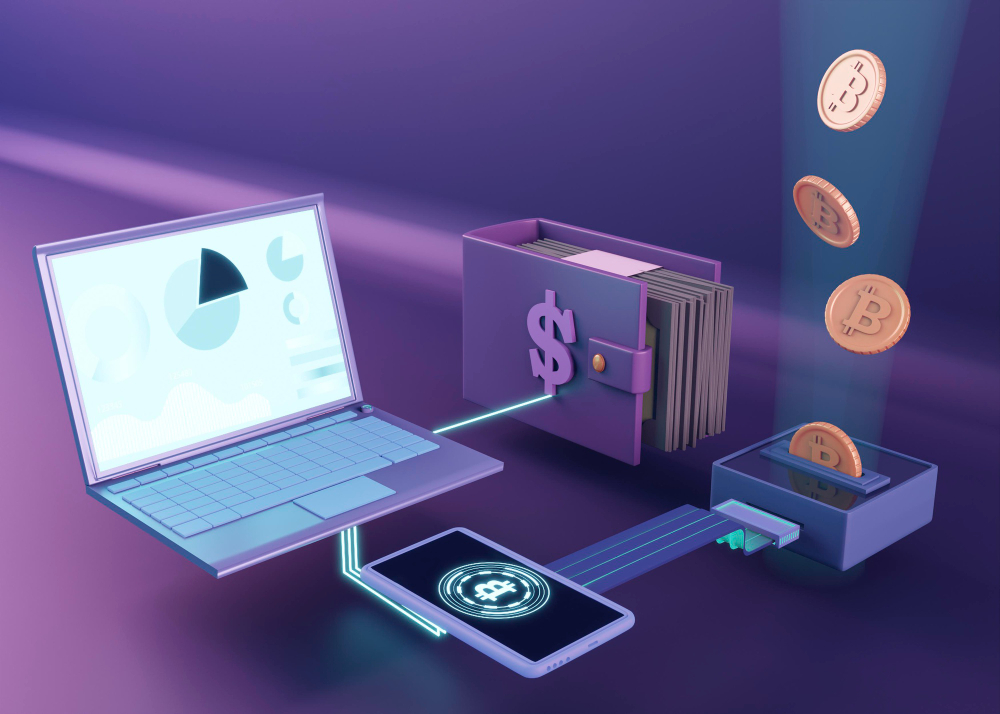Franchising is the most popular business model that allows entrepreneurs to launch their business following a ready-made scenario. Not everyone who chooses this path understands how franchises work and what pitfalls franchisees may encounter. On one hand, it provides access to a well-established brand, a proven business model, and support from an experienced partner. On the other hand, there are strict limitations, financial commitments, and a high risk of losing invested capital.
In recent years, the franchising market in Russia has been growing rapidly, attracting more investors. With the increasing number of offers, there is also a rise in unsuccessful launches. Mistakes in choosing can lead to financial losses, conflicts with the franchisor, and disappointment in the business. Let’s explore how franchises are structured, their advantages and risks, as well as how to choose a reliable business model to avoid financial losses.

### Business Franchise – Quick Start or Risky Investment
Franchising has long been a powerful tool for entrepreneurs looking to enter the business world with minimal risks. Along with opportunities come obligations, but not every franchise guarantees success. Analysis of the Russian market shows that an idea can either “take off” or become an unsuccessful investment.
Over the past 5 years, the number of business models in Russia has increased by 30%. The popularity of the format is explained by the simplified entry into the market since it is already tested, and the company operates under a recognizable brand. Statistics show that 40% of franchise owners do not recoup their investments within the first three years of operation. The main reasons are the wrong choice of the franchise model, insufficient support from the rights holder, and inflated expectations regarding demand.
### How Franchises Work: Business Mechanics from the Inside
Franchising is a collaboration model between a franchisor and a franchisee. The former provides a well-established business concept, a brand, technologies, and support. The latter takes on obligations to comply with established standards, conduct business in accordance with requirements, and make regular payments of an initial fee and royalties.
#### Key Stages of Launching a Franchise
There are six stages:
1. **Analysis and selection of a franchise.** Before purchasing, it is important to thoroughly study the market, evaluate financial indicators, development prospects, and carefully review the contract. It is essential to understand how well the business model is adapted to the local market.
2. **Contract conclusion.** The document defines key cooperation conditions, including the amount of the initial fee, royalty payment terms, business management requirements, and marketing support.
3. **Payment of the initial fee.** This payment is mandatory and gives the franchisee the right to use the brand and business model. The fee amount can vary from 100 thousand to several million rubles, depending on the franchise’s popularity.
4. **Training.** Many franchisors provide comprehensive training covering business standards, marketing tactics, customer interaction, and financial management.
5. **Opening a business under the franchisor’s brand.** At this stage, the choice and rental of premises are made, equipment is purchased, employees are hired, and business processes are established in accordance with network standards.
6. **Regular royalty payments.** Monthly payments to the franchisor, ranging from 3% to 15% of turnover. In some cases, royalties can be replaced by a fixed payment.
Franchising allows minimizing the risks associated with starting a business and requires strict adherence to the franchisor’s instructions. Management mistakes, ignoring standards, and insufficient marketing activity can lead to the failure of even the most promising franchise.
### Advantages of Franchising
Franchising offers a range of advantages that make it attractive to entrepreneurs.
Pros of franchising:
– Brand recognition, reducing marketing costs;
– Opportunity to use a ready-made and efficient business strategy;
– Support from the franchisor;
– Quick market entry;
– Optimization of staff training and advertising costs.
The advantages work only with a smart choice of franchise and a thorough analysis of cooperation conditions.
### Disadvantages of Franchising
Despite the obvious benefits, franchising comes with a number of limitations.
Cons of franchising include:
– Strict business operation framework without the ability to implement own solutions;
– High royalties: royalties can range from 5% to 15% of turnover;
– Limited control over purchases and suppliers;
– The need to follow corporate standards, even if they do not match the local market.
Mistakes in choosing a franchise can lead to financial losses and disappointment, so it is important to carefully analyze the conditions before signing the contract.
### How Online Business Franchises Work
Modern technologies open up new opportunities for franchising. Online business franchises are gaining popularity due to minimal costs for renting premises and staff. Risks in this area are also significant.
The most common directions are:
– Online education and course sales;
– Dropshipping and marketplaces;
– IT services and SaaS platforms.
The main challenge of online franchises is the need for independent customer acquisition. Without a sound marketing strategy, even a proven business model may not be profitable.

### Conclusions
Franchising is a powerful tool for starting a business, but not a universal solution. It is suitable for those willing to follow corporate standards and work according to a proven scheme. For entrepreneurs seeking complete independence and flexibility, this format may not be suitable.
Before purchasing a business model, it is important to conduct a thorough analysis, study real reviews, and understand the obligations that will need to be taken on. Only in this way can risks be minimized and an informed choice made.

















